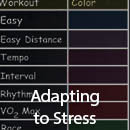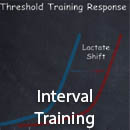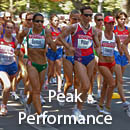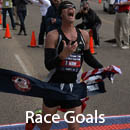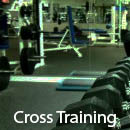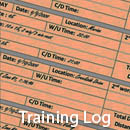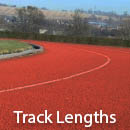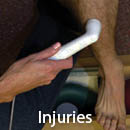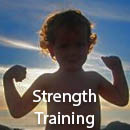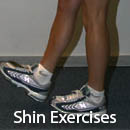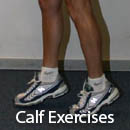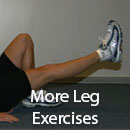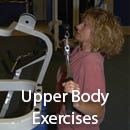Race Walking Training
Training Log
Perhaps the single best tool to monitor your training is a daily log. A log also teaches you about your body’s response to various training factors. I still have mine from 1986 through my competitive race walking days. I recorded every workout—yes, every single one. A training log can be as simple as handwriting in a notebook or as complex as maintaining a computer database. The form of the log matters little: the contents, a lot.
Your training log must describe all aspects of your workout. Start with the distance and pace of your race walk. For an interval workout, list your splits. Also, record average and maximum heart rates for each interval. Finally, documenting your body’s response provides useful information down the line: did it feel very easy, painfully hard, or somewhat mixed? One good system involves rating your perceived exertion level for each workout by indicating a number from one to ten. Long, long ago, I placed a star next to those workouts I considered successful, hard conditioning. At the end of each month, I used the number of stars as a rough basis for assessing the quality of training for that period.
Serious athletes need to document even more information. When you wake up in the morning, record your heart rate before getting out of bed. Your resting heart rate serves as a barometer of your body’s condition. If your heart rate rises for a few days, you could be getting sick or dehydrated. Another good habit: note the length (hours) and quality of how you slept. When you suddenly feel run down and don’t seem to have any “zip” in your workouts, use your log to determine the possible cause: training too hard, or not getting enough sleep.

For your training log to be effective, it must be accurate. Write your results in it everyday. Do not wait until the end of the week to play catch up. By then, issues like how you felt become diluted by confusion or poor recall.
![]()

